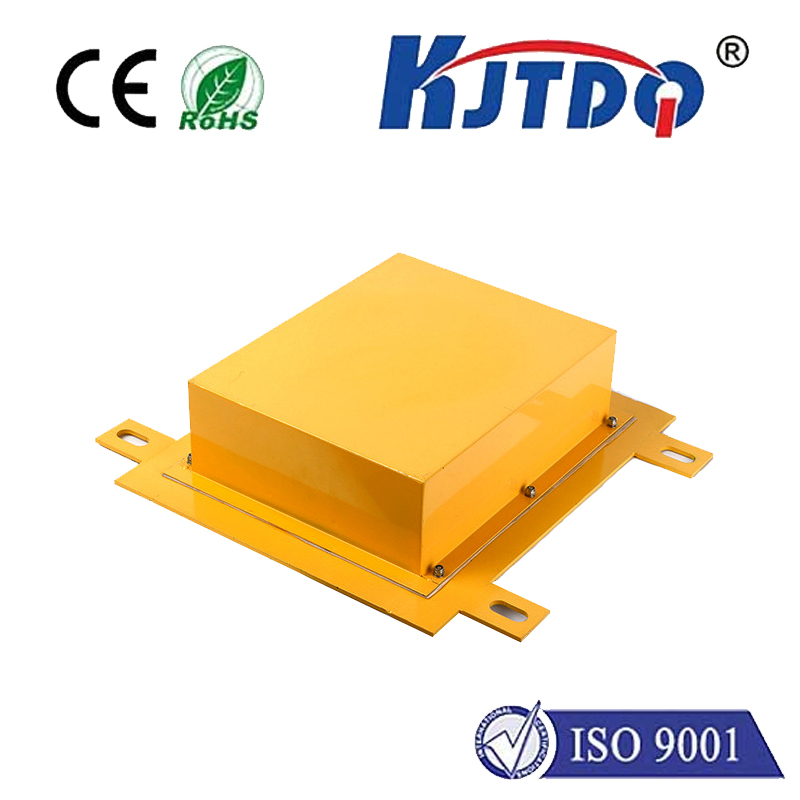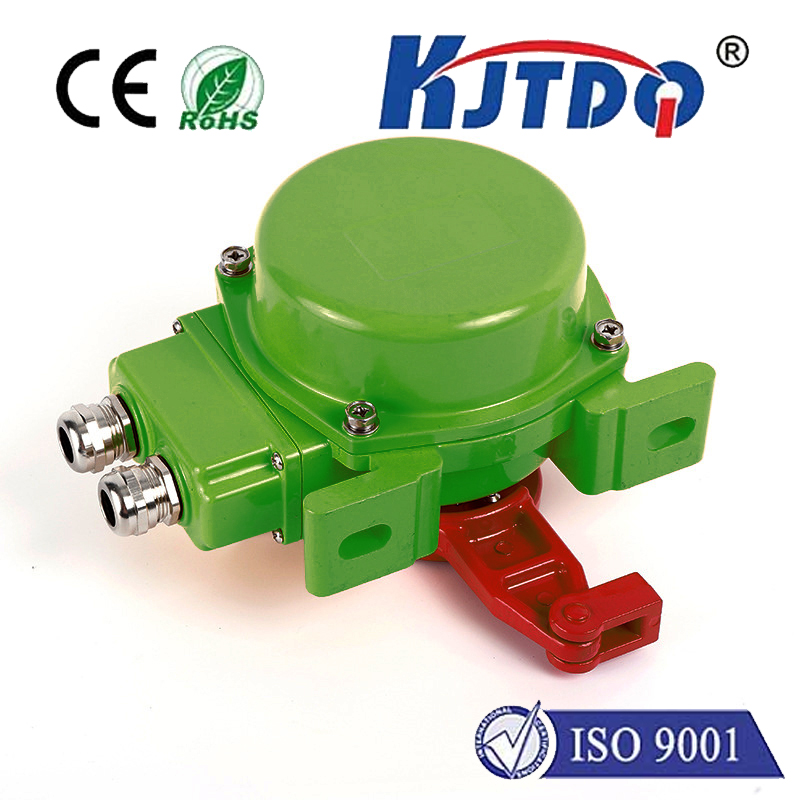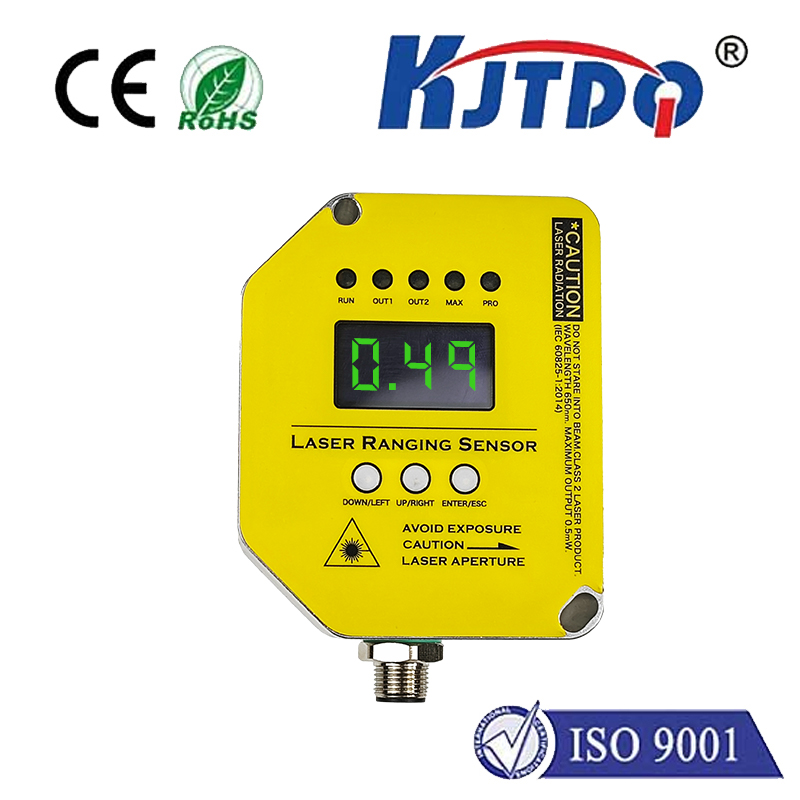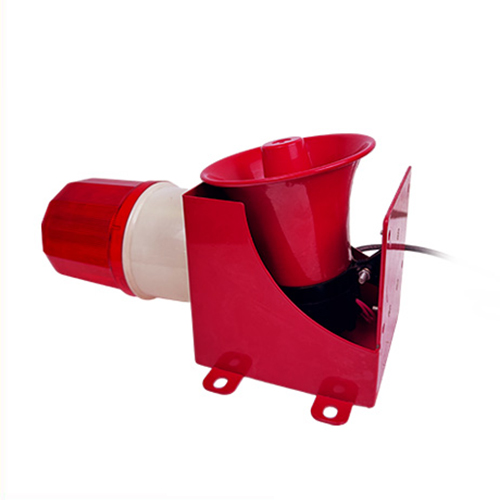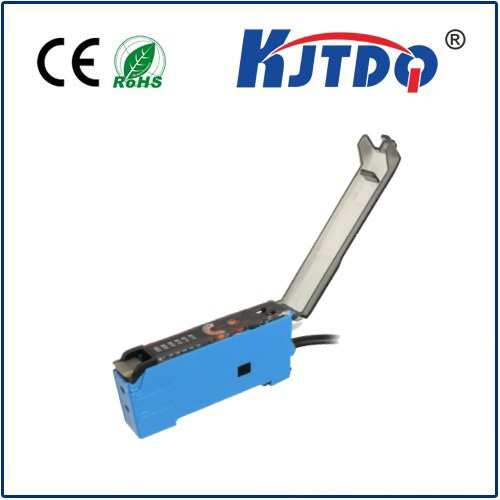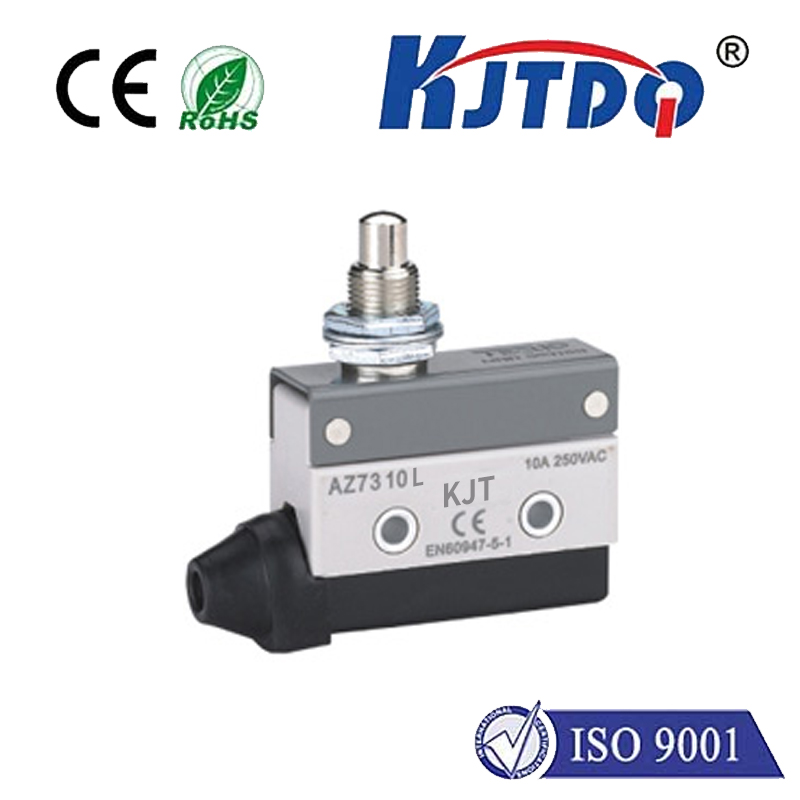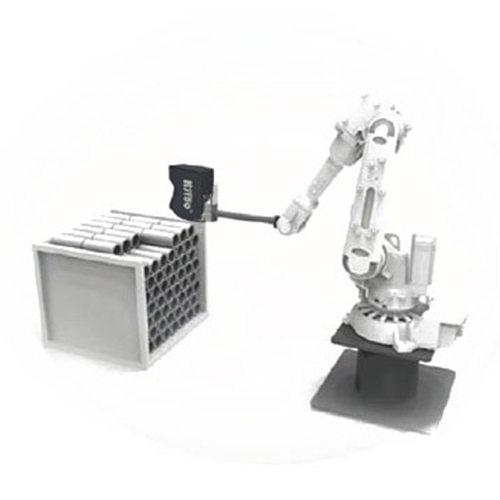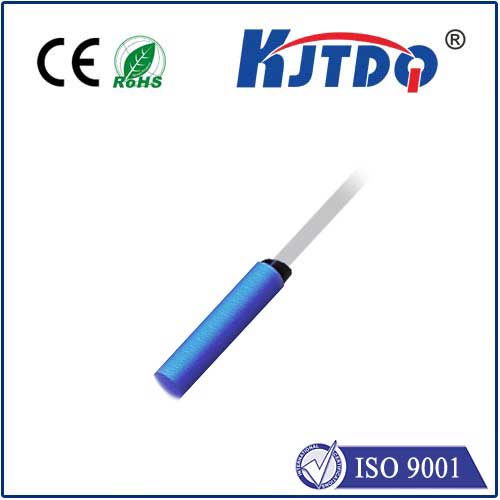

check

check

check

check
Imagine a high-speed production line where bottles whiz by at dizzying speeds. How does the system know precisely when to fill each one, apply a label, or cap it without missing a beat? Or picture securing a critical perimeter: how can you reliably detect an intruder attempting to bypass a gate or window? The answer often lies in an ingenious yet frequently overlooked technology: the optical beam sensor. These remarkable devices harness the power of light to detect objects, measure presence, or ensure safety, forming a critical backbone in countless automated and security applications across industries.
The Core Principle: Light as Information
At its heart, an optical beam sensor works on a beautifully simple concept: it either emits a beam of light (usually infrared for immunity to ambient light interference) and detects whether that beam is interrupted, or it senses the reflection of its own emitted beam. This interruption or reflection provides a clear, binary signal: object present or object absent. This fundamental principle allows for non-contact detection, making these sensors ideal for environments where physical touch could damage the product, the sensor, or simply isn’t feasible due to speed or positioning.
Unpacking the Major Types
Not all optical beam sensors function identically. Their operation hinges on the specific configuration of the emitter and receiver:

Through-Beam (Opposed Mode): This configuration is often considered the gold standard for long-range detection and high reliability. Here, the emitter and receiver are housed in completely separate units, positioned directly opposite each other. The emitter projects a beam straight towards the receiver. An object passing between them breaks the beam, triggering the sensor. Key advantages include exceptional sensing distances (up to several meters or more), high resistance to background light interference, and reliable detection regardless of an object’s surface characteristics (color, texture, reflectivity). They are ideal for counting objects on conveyors, monitoring large doorways for security, or detecting very small objects that might reflect poorly.
Retroreflective (Reflector Mode): This type offers a practical balance between range and installation simplicity. Here, the emitter and receiver are housed together in a single unit. Instead of facing another electronic unit, it faces a specialized reflector (like a corner cube or tape). The sensor emits its beam; the reflector bounces it back directly to the receiver unit. An object blocking the path between the sensor head and the reflector prevents the beam from returning, signaling detection. This design simplifies wiring and alignment compared to through-beam (only one device needs power/data connection at the sensing point). They work well for pallet detection, registration mark sensing on webs, and security gates where fitting components on both sides is impractical. Performance is dependent on the reflector’s condition.
Diffuse (Proximity Mode): This variant is perfect for close-range detection where the target is accessible from one side only. Like the retroreflective type, the emitter and receiver are combined in one housing. However, it doesn’t rely on a reflector. Instead, it detects the light diffusely reflected off the surface of the target object itself. The major advantage is clearly single-sided mounting – installation is often very straightforward. However, sensing range is inherently shorter (typically centimeters to a meter or so), and detection reliability can be significantly influenced by the target’s surface properties (light-colored, smooth objects reflect better than dark, matte, or absorbent ones), ambient light conditions, and the angle of approach. They excel in detecting objects on feeders, bottle cap presence, or robot arm end-of-travel positioning.
Where Optical Beam Sensors Truly Shine: Applications Galore
The versatility of optical beam sensors makes them indispensable across a vast spectrum:
Why Choose Optical Beam Sensors? Key Advantages
Several compelling benefits drive the widespread adoption of this technology:
The Future: Enhanced Capabilities
While the core principle remains robust, advancements continue. We see sensors incorporating background suppression technology (allowing diffuse sensors to ignore objects beyond a set distance), laser versions for extremely precise positioning or small object detection, fiber optic versions for use in extremely tight spaces or hostile environments (high temperature, EMI), and sensors with integrated diagnostic LEDs and IO-Link connectivity for smarter communication, remote configuration, and predictive maintenance within Industry 4
